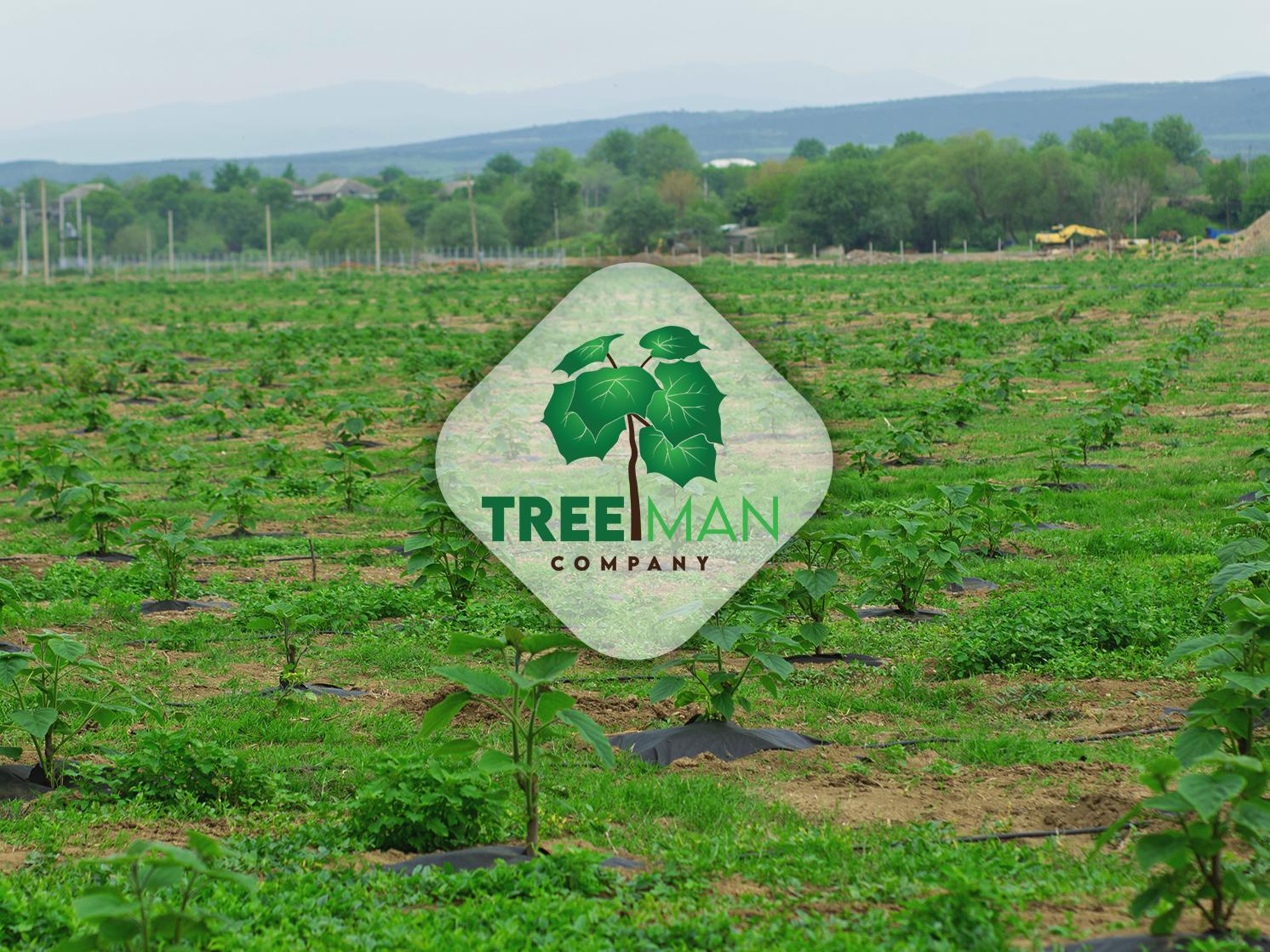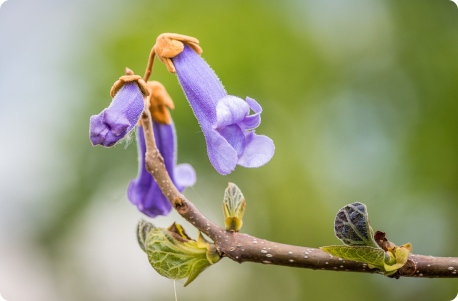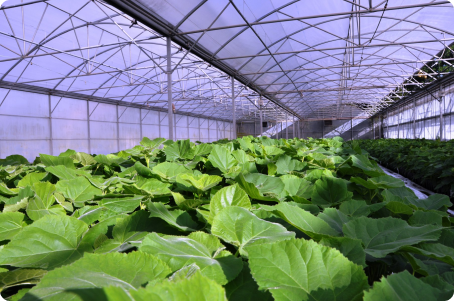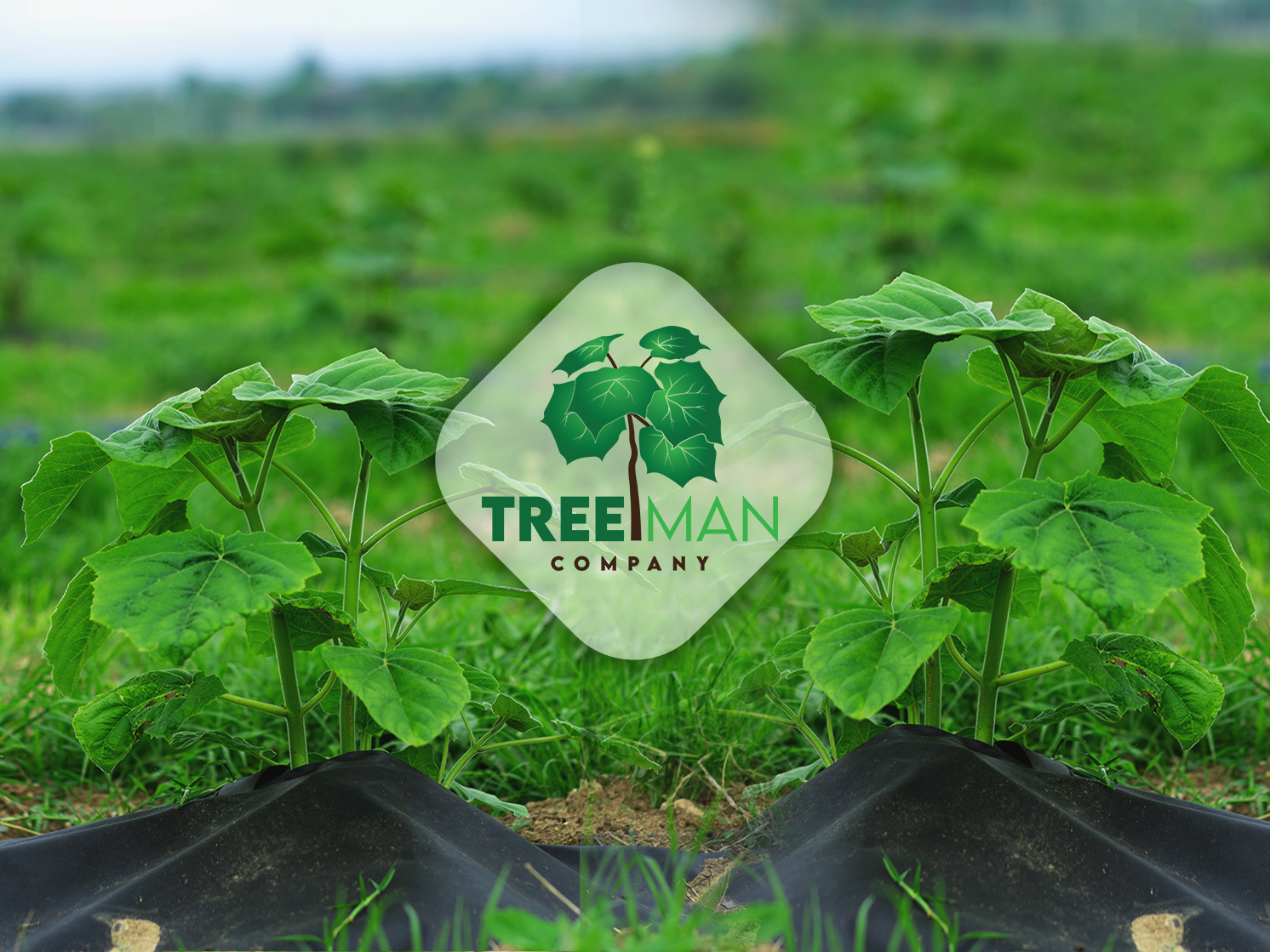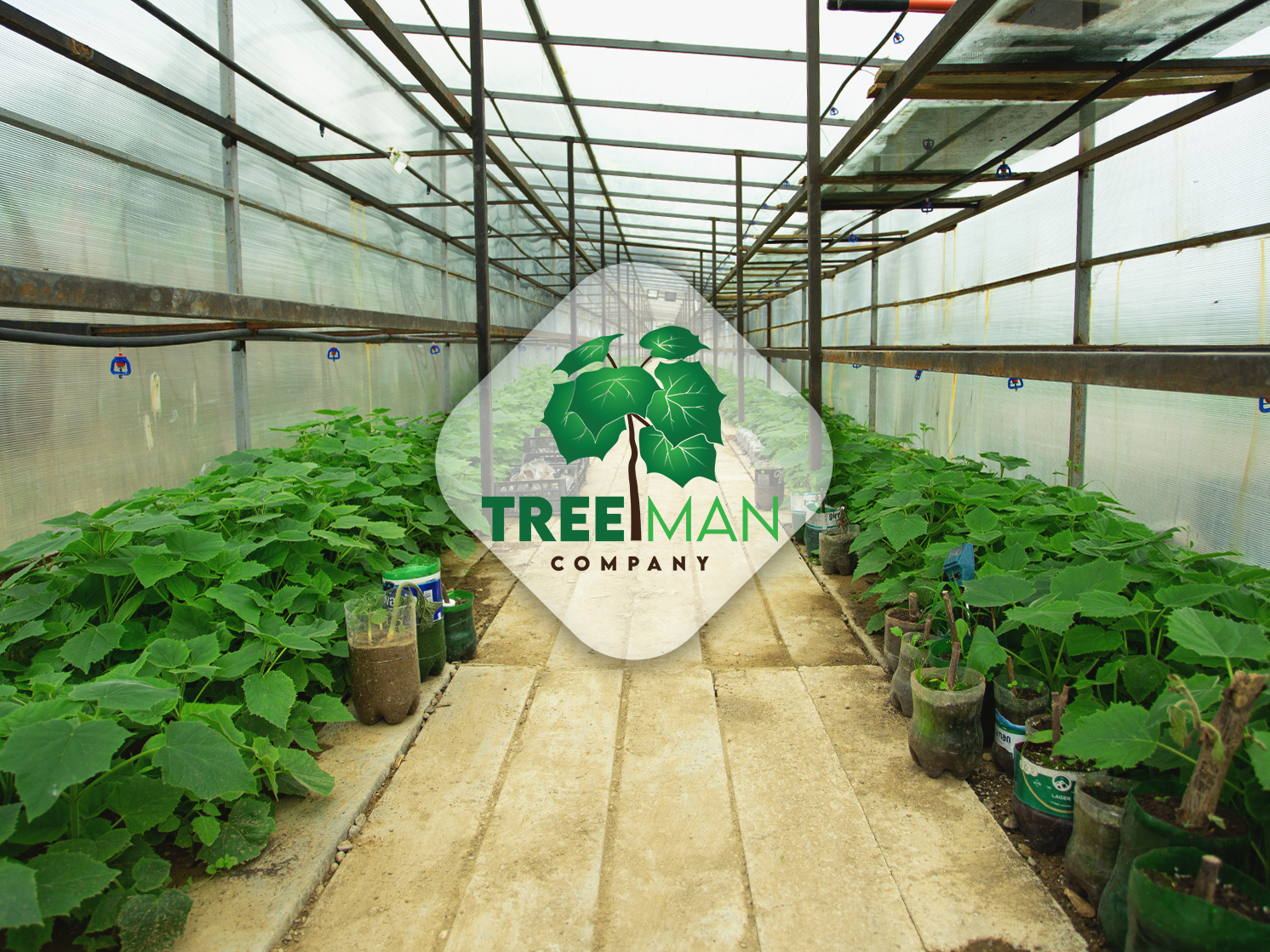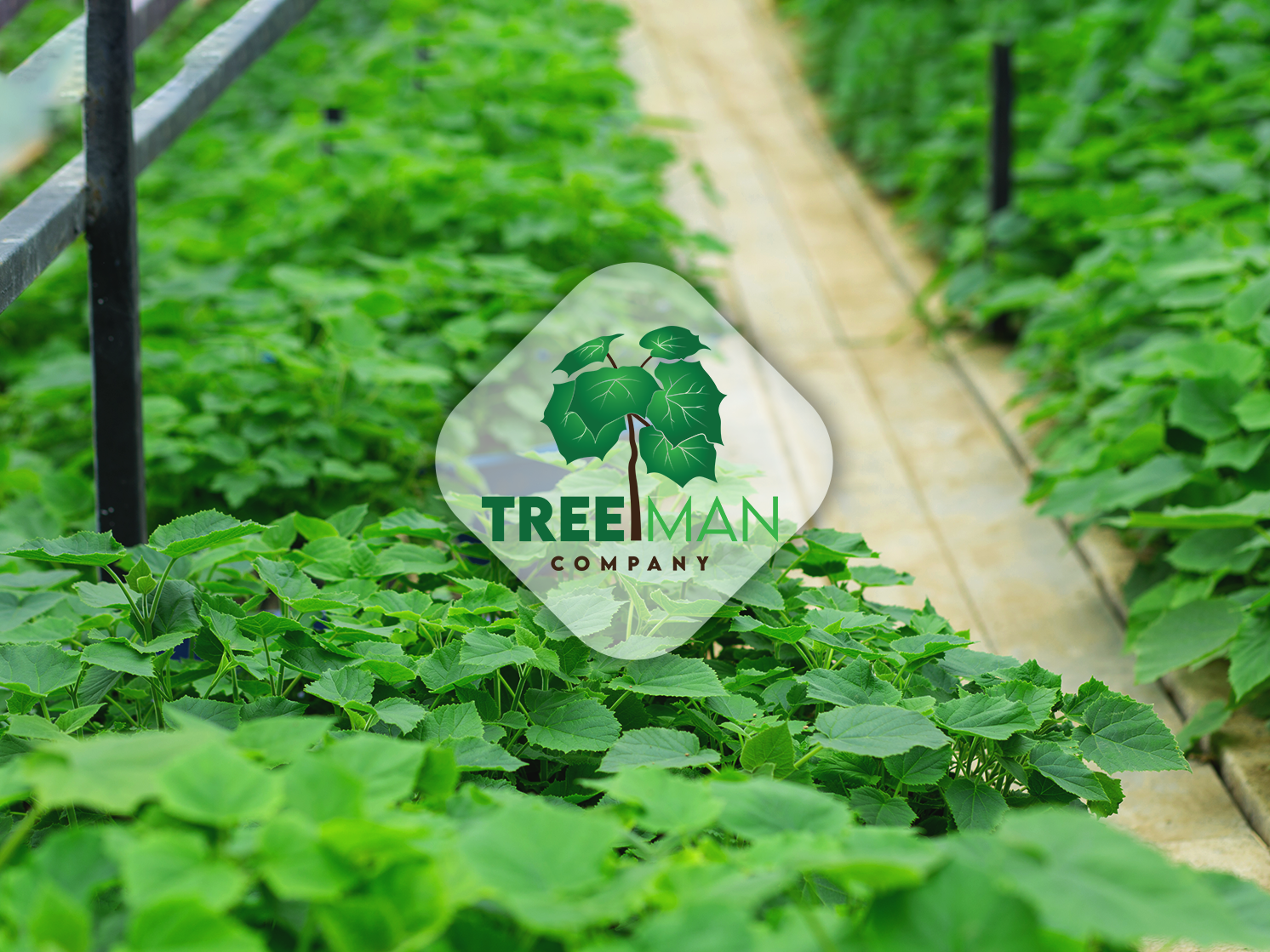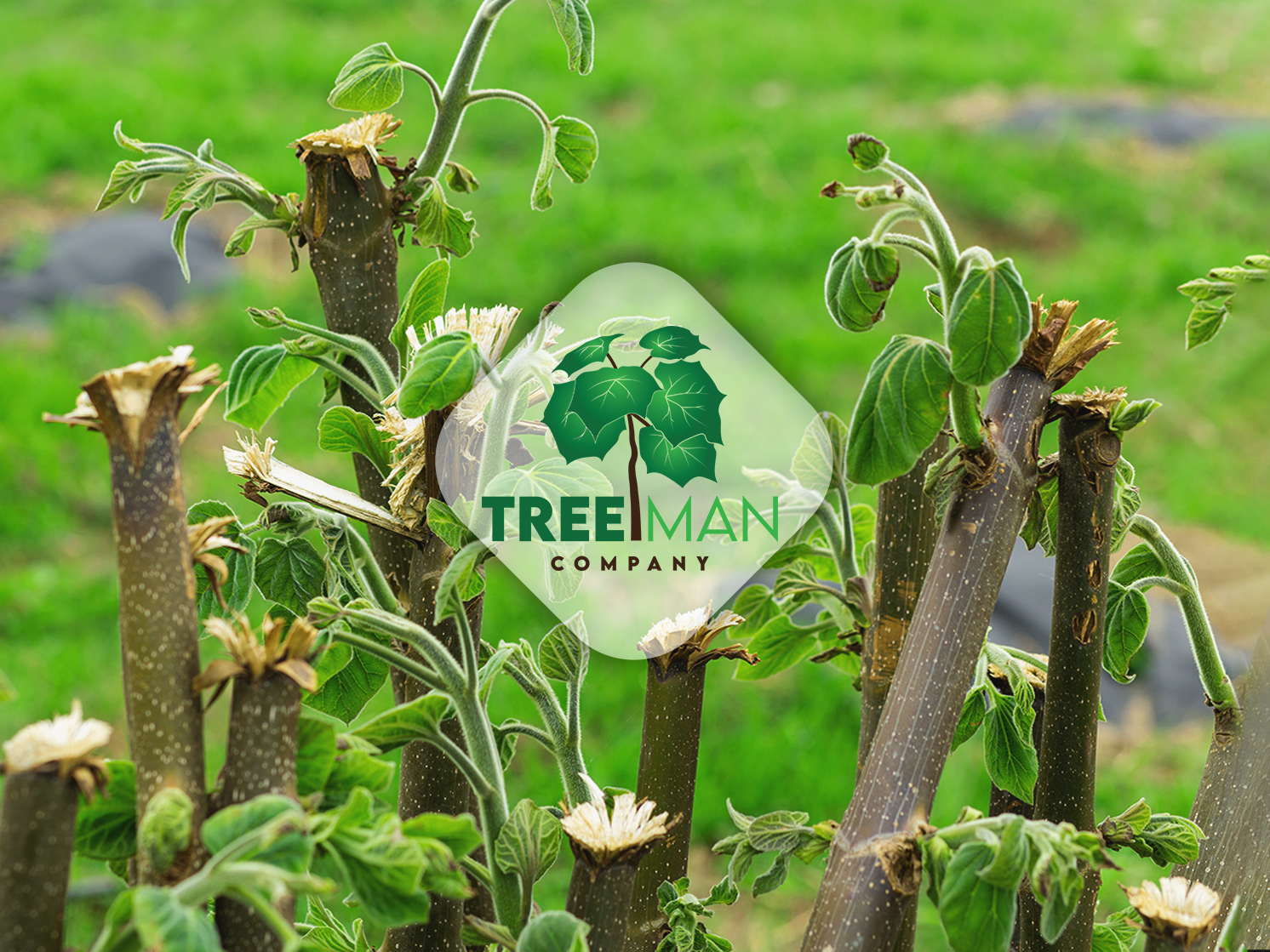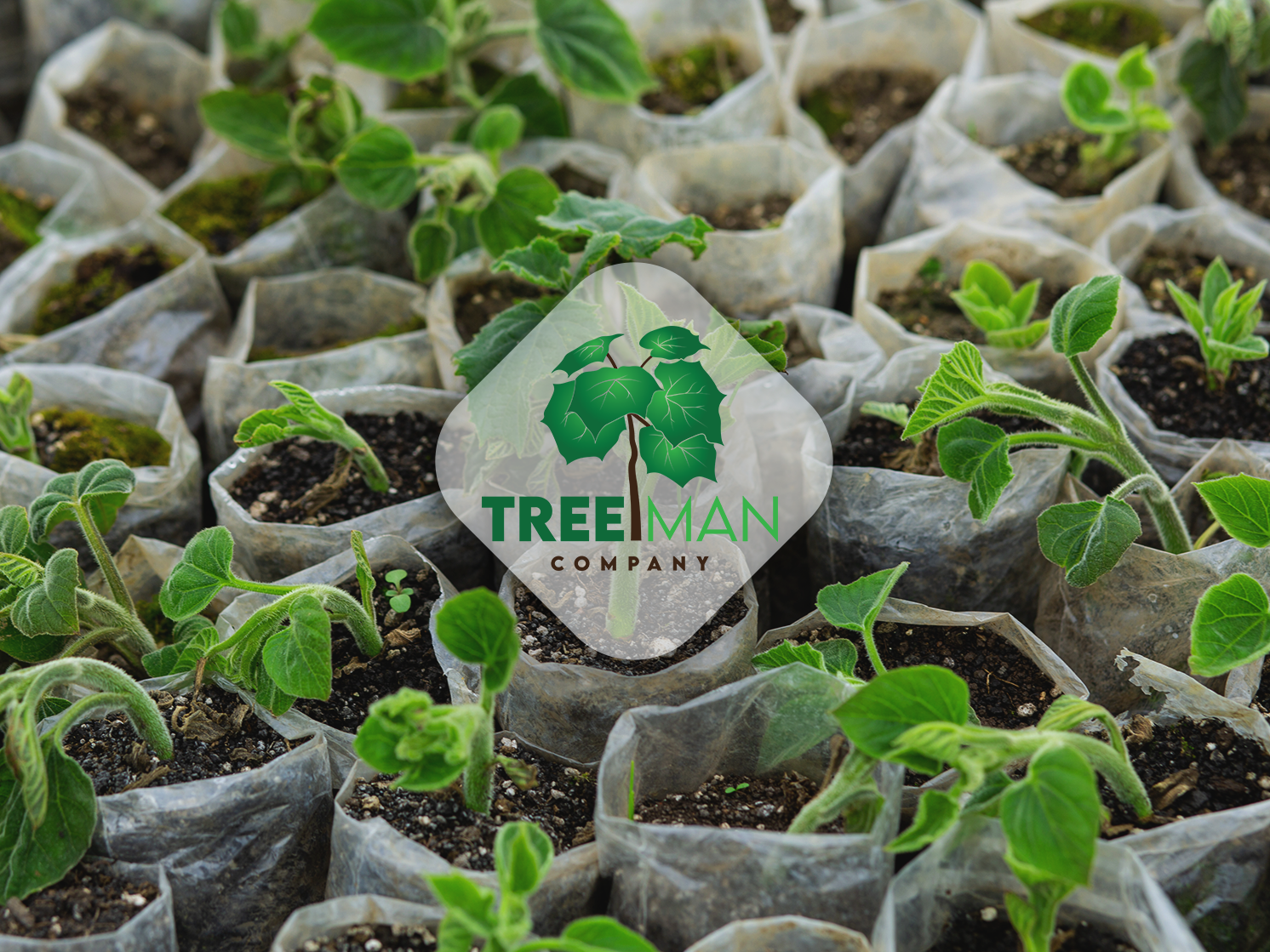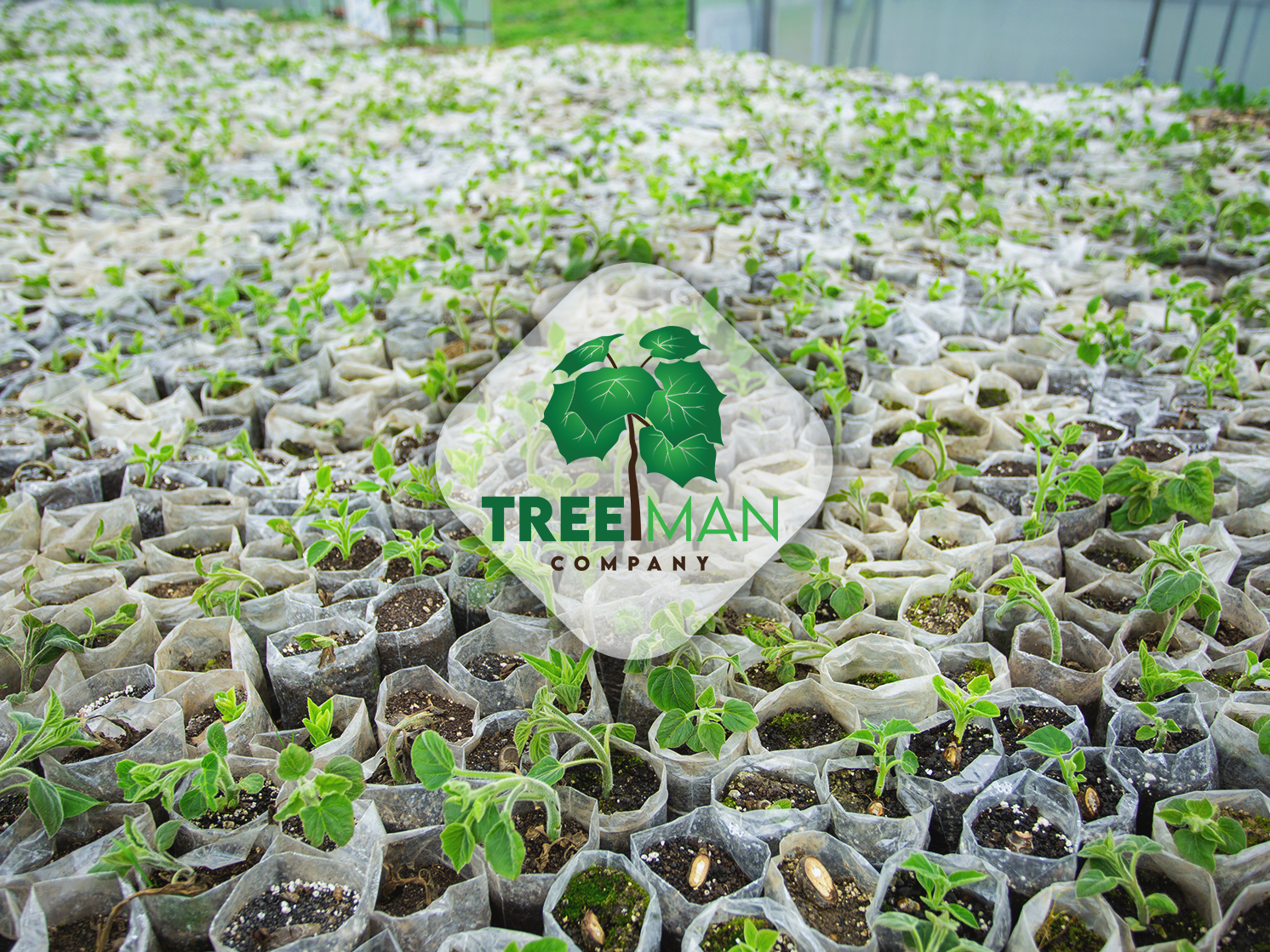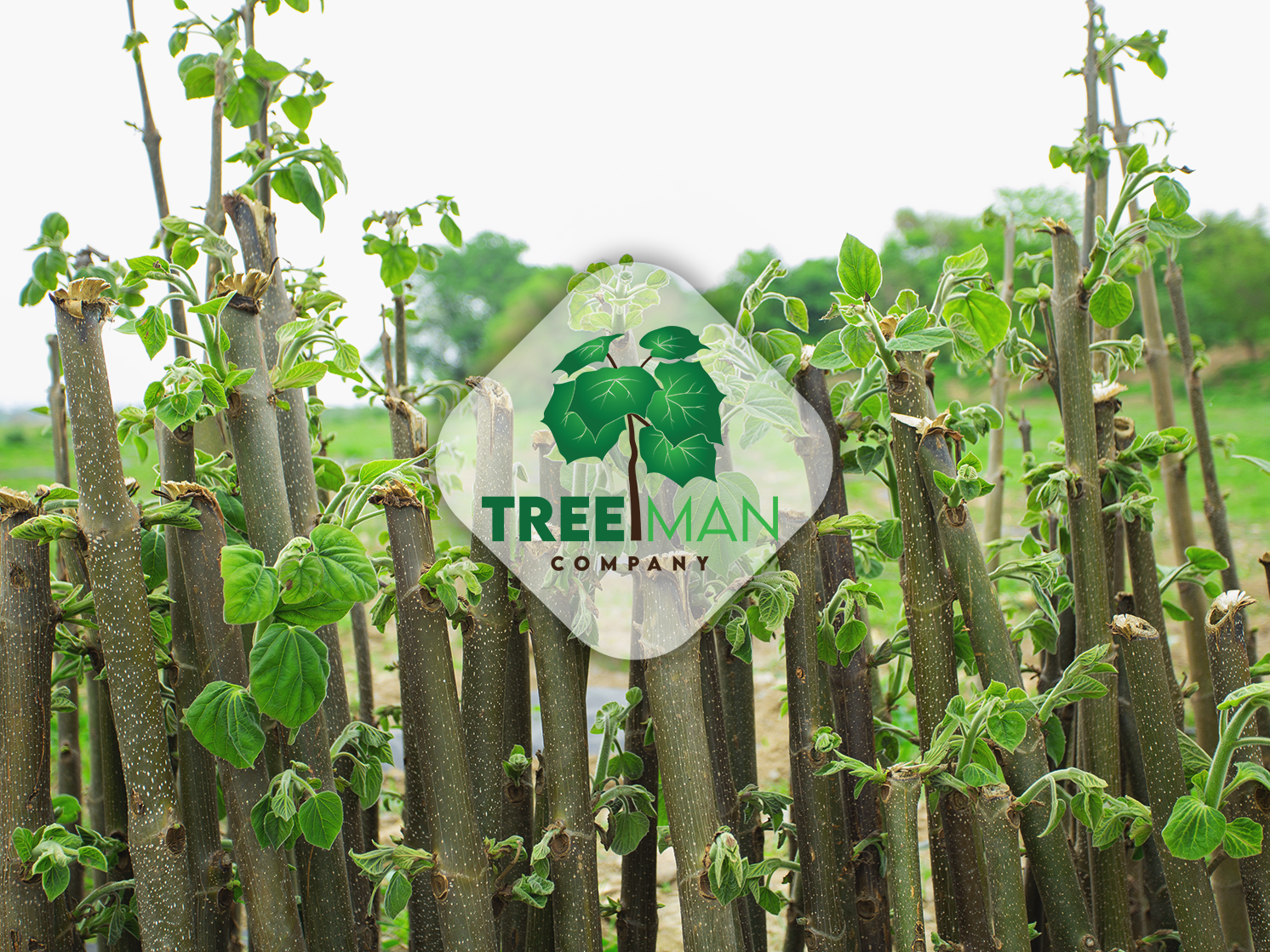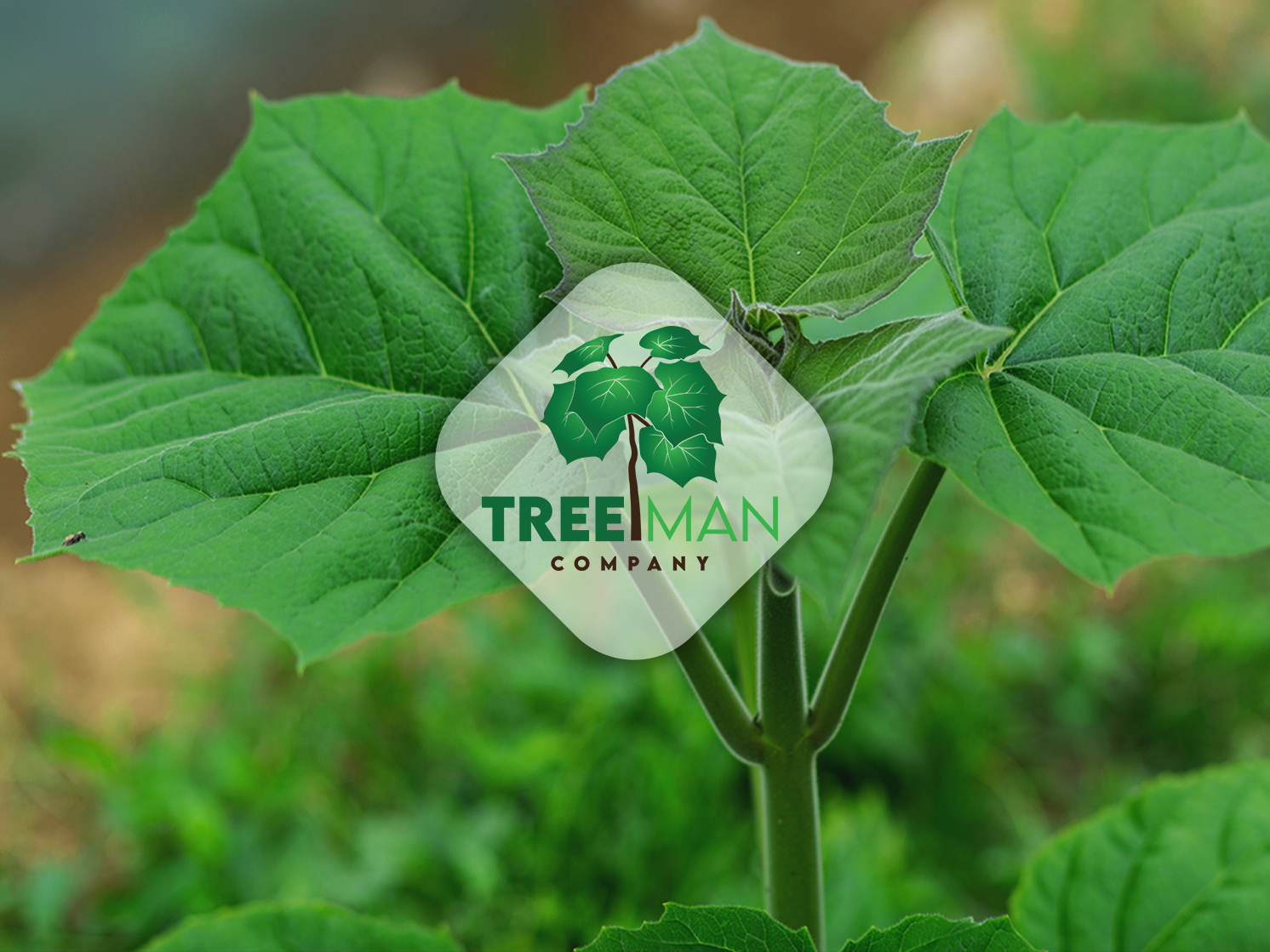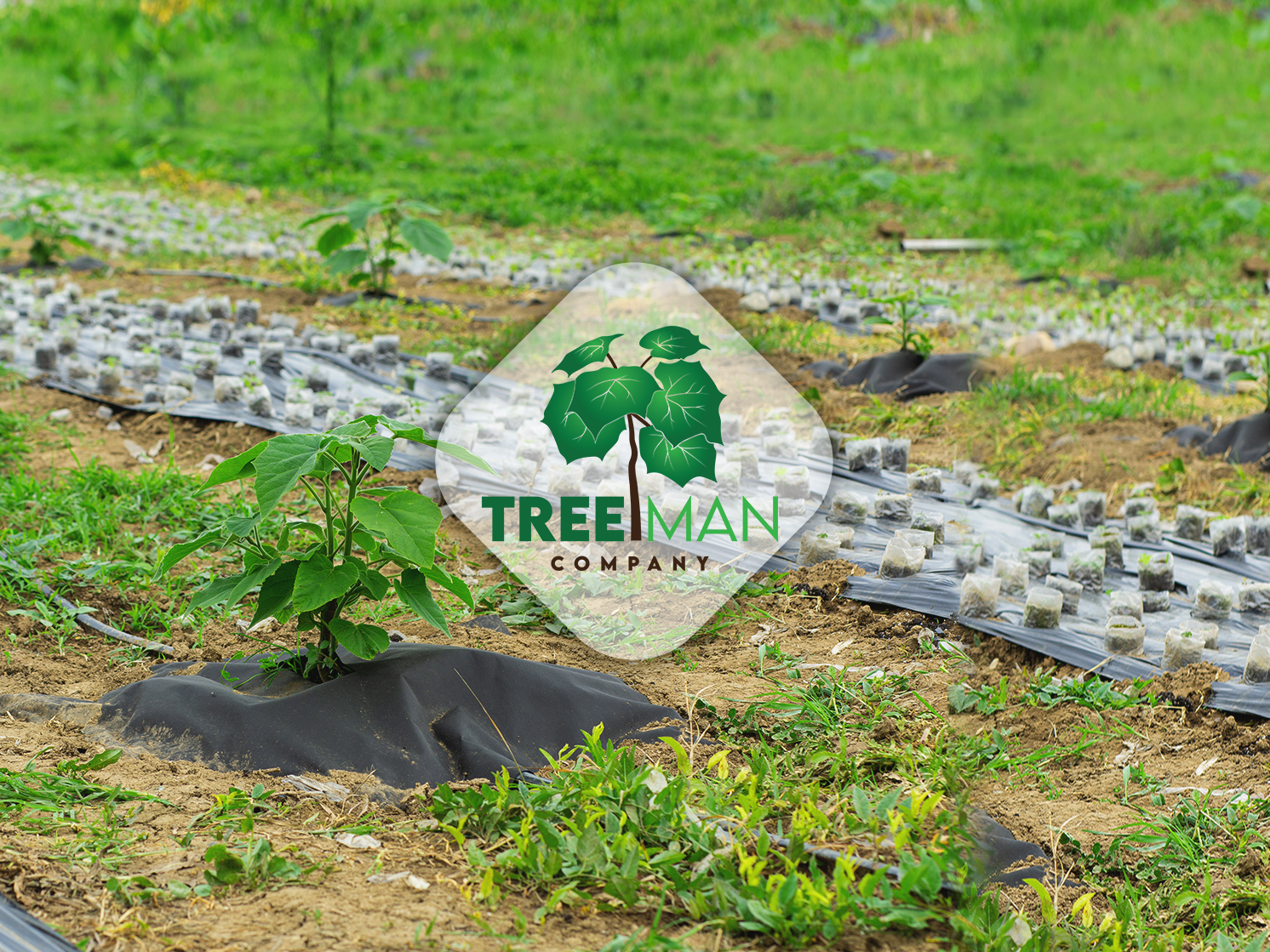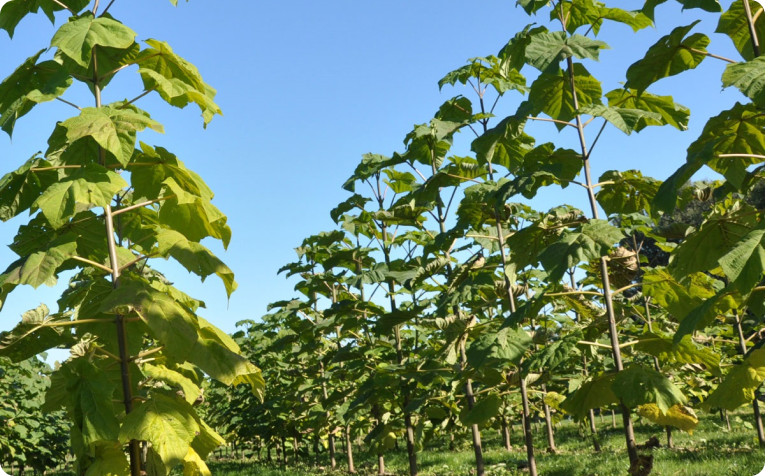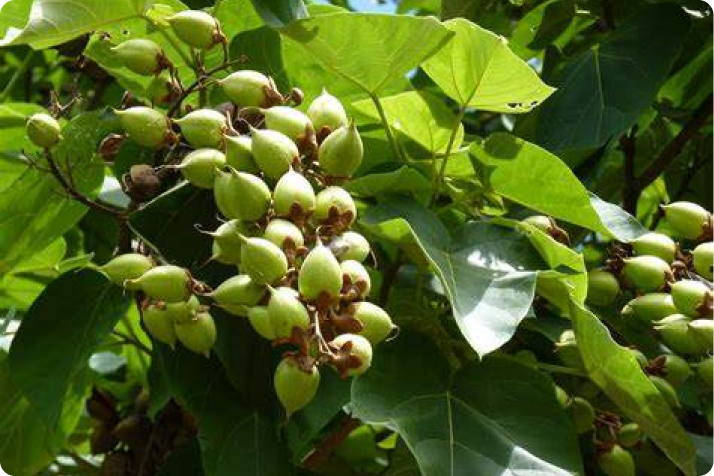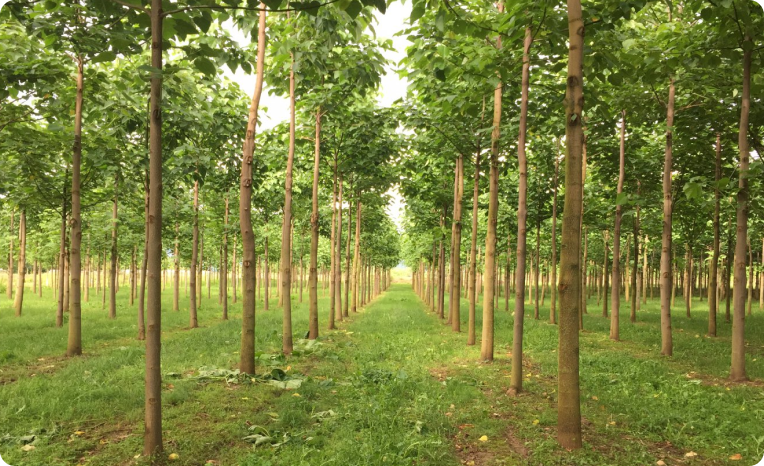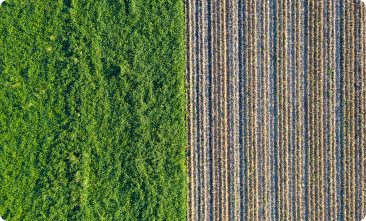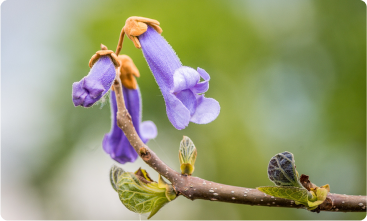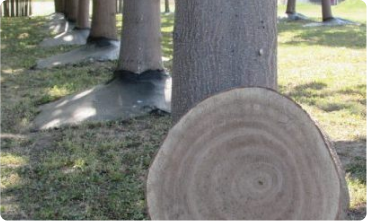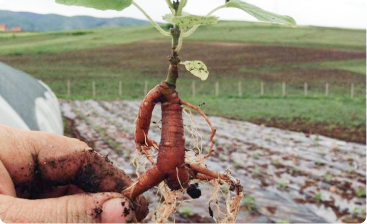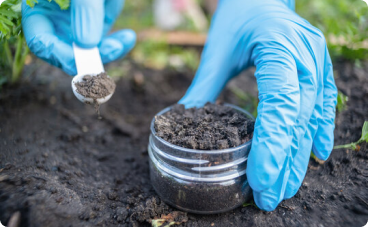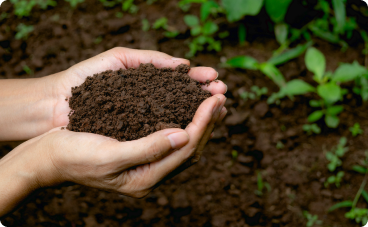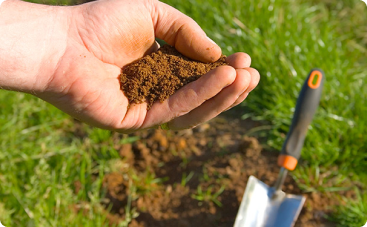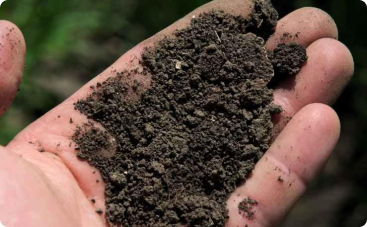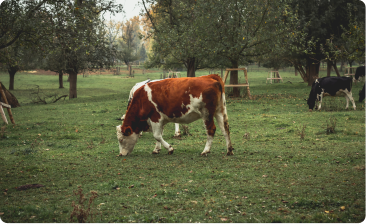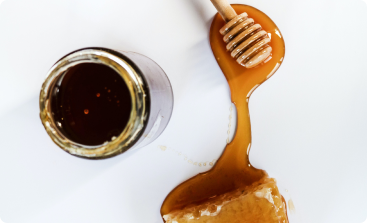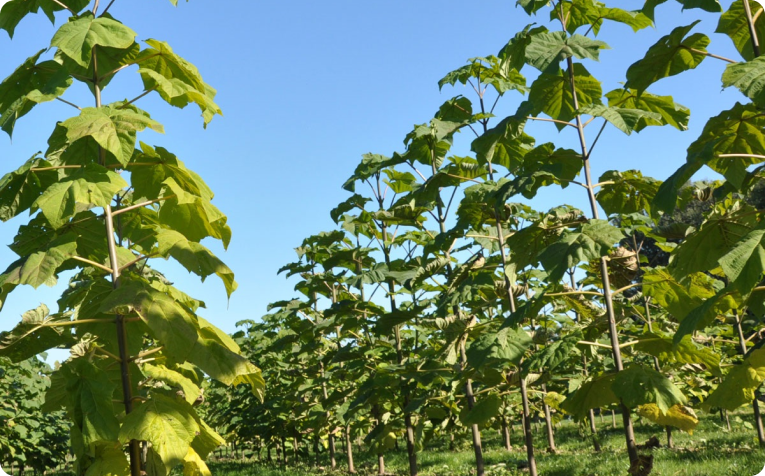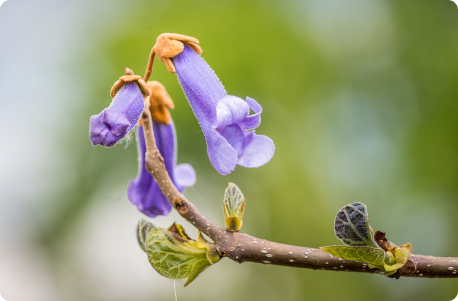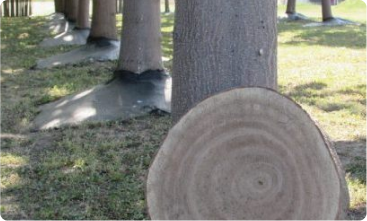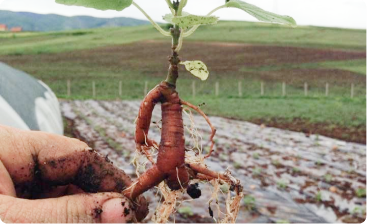Paulownia was historically grown in eastern countries, the homeland of origin is China, the oldest document where information about the use of Paulownia can be found dates back to 2600 BC. It has been growing for centuries in Japan and was known as Kiri (桐), it was considered a sacred tree, a symbol of good fortune.
In 1823, the German scientist and botanist Philipp Franz von Siebold arrived in Japan and brought kiri seeds from Japan to Holland. In Holland, the tree was named "Pulownia" in honor of Anna Pavlovna, the queen of the Netherlands, the daughter of the Russian emperor Paul I.
Philipp Franz von Siebold published the book "Flora Japonica", where the characterization of the tree was described for the first time. In Japan, they liked the European name and they also started using the term "Paulownia".
Due to its sophistication, Paulownia was considered an Imperial tree, it is found on the coat of arms of the Japanese Imperial Family, as well as on the official coat of arms of the Prime Minister of Japan.
In China, there was a tradition that when a daughter was born in the family, they planted Paulownia trees in her name, and when the daughter was married, they made furniture from this tree for dowries.
